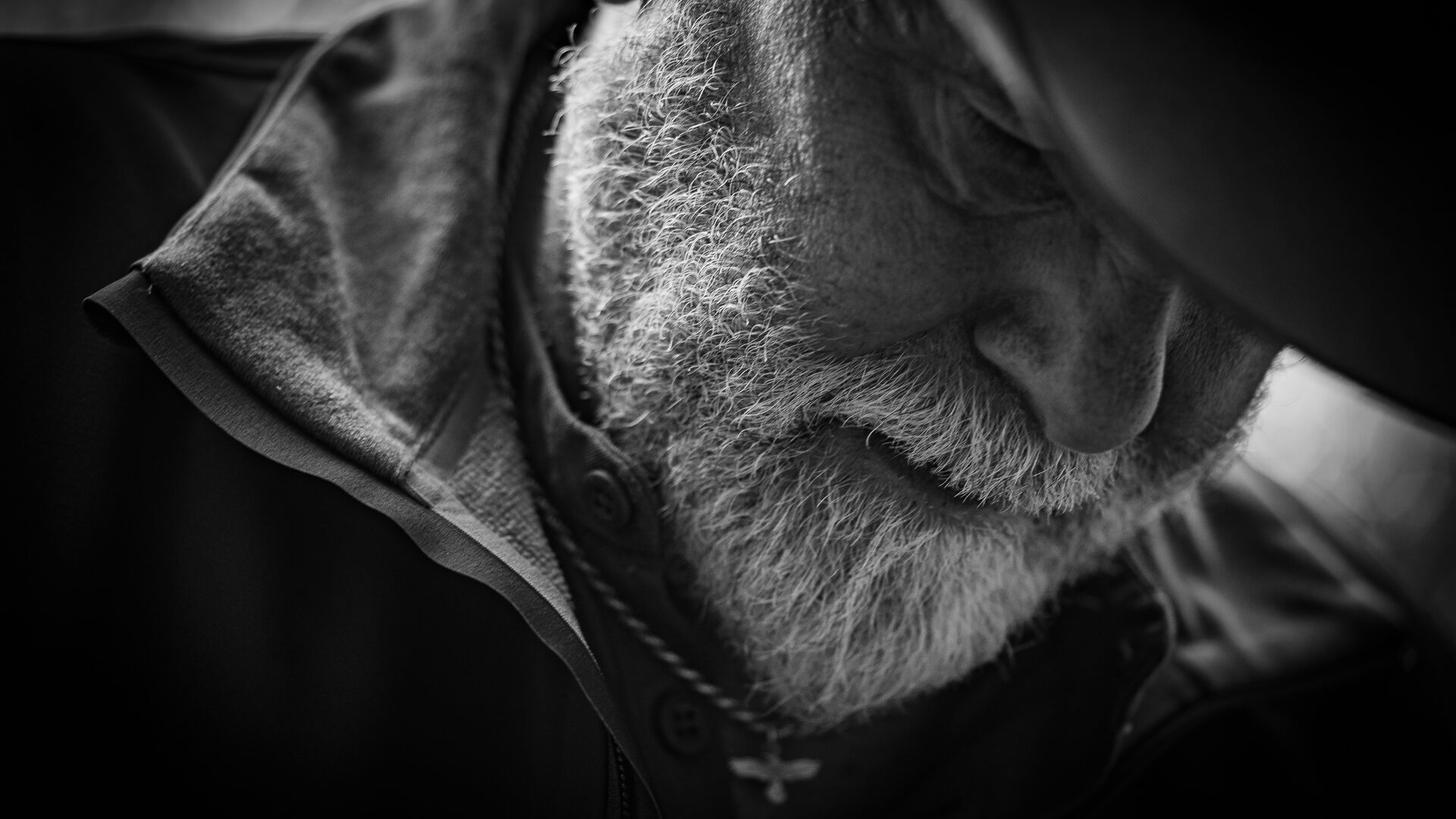
Hunters have been the victim of the communication of bad information based on conjecture and good marketing. Possibly classifiable as unintentional deception, ballistic bullshit has been thrust upon hunters, online and in print. I doubt a gun writer exists who is not guilty – at one time or another – of this sin, myself included. It takes lots of dead animals, made that way by lots of different bullets, to learn the truth. Finn Aagaard, because he did not start writing until he had amassed lots of field experience, might be the only exception.
Somewhere along the time line of reporting on the terminal performance of hunting bullets, it became trendy to espouse the importance of a bullet’s ability to hold together and retain all its weight. The accepted fact is that bullets doing this kill better.

The truth is the only thing that can be gleaned from a bullet that holds together and retains all of its weight is that the bullet held together and retained all of its weight. Photos of recovered bullets tell very little about how well the bullet killed. In fact, a photo of a bullet pulled from a dead animal really only tells you the animal stopped the bullet and eventually died.
Hunters have become addicted to bullets that appear to be tough because that seems to suggest they are better. A preponderance of evidence suggests tough bullets do not put animals down as fast as bullets that shed weight during penetration. I’ve seen this proven numerous times. During a whitetail cull hunt I found it impossible to drop a whitetail deer with anything other than a spine shot, while using 168-grain Barnes Triple Shock bullets out of a .308 Winchester. Other hunters, frustrated with the all-copper projectiles, switched to Hornady Zombi Max ammo and started pounding deer to the ground.
Why did the shallower penetrating more fragile bullets put deer down faster? Because, they created more internal disruption, over a shorter period of time. Don’t misconstrue my ramblings as that I’m suggesting there is no place for tough bullets or that they are bad; I recovered 13 of the 14 deer hit with those Triple Shocks. (As for the lost deer, the only legitimate assumption is that I made a bad shot.) I have however put many more and much larger game down faster with less robust bullets.
Point being, the recovered bullet photos you see here and elsewhere, while cool to look at, tell us very little about what really matters. Don’t base the selection of your big game bullet on pretty pictures and the erroneous assumption that 100% weight retention is the Holy Grail of terminal performance. In many cases, the recovered bullets that look the worst, kill the best.
To know the truth, you’ve to get a lot of blood on your hands.


